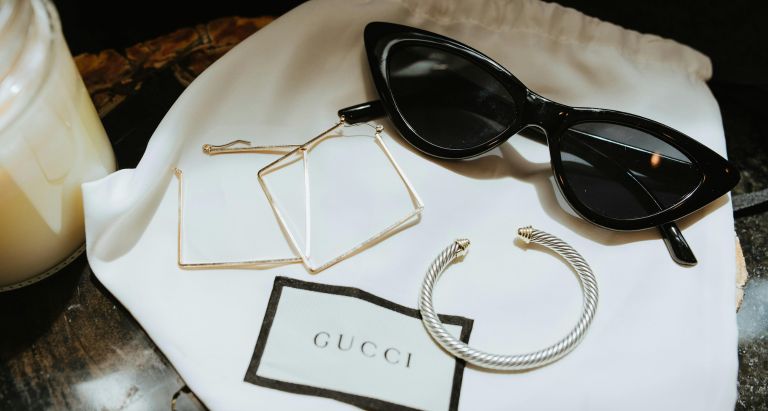The Throne of Pop Art: Decoding the Meaning Behind Claes Oldenburg’s Soft Toilet
by Tara Price
5th April, 2024

Introduction
Imagine a museum filled with masterpieces depicting grand landscapes, historical figures, or scenes from mythology. Now, picture a giant plush toilet plopped right in the middle.
This is the subversive world of Claes Oldenburg’s “Soft Toilet,” a sculpture that redefined the boundaries of pop art and challenged our very definition of what art can be.

Claes Oldenburg emerged as a leading figure in the pop art movement of the 1960s.
Pop art embraced everyday objects and imagery from popular culture, blurring the lines between high art and mass consumption.
Oldenburg, known for his monumental sculptures of everyday items like hamburgers and clothespins, took this concept even further with his “Soft Toilet.”
This seemingly bizarre sculpture is more than just a humorous take on a bathroom fixture.
By decoding the symbolism embedded within “Soft Toilet,” we discover a fascinating commentary on consumerism, a playful subversion of artistic norms, and a lasting legacy within the pop art movement.
Decoding the Symbolism
At first glance, “Soft Toilet” is a playful paradox. Crafted from soft, yielding vinyl instead of the usual hard porcelain, it transforms a rigid, functional object into something inviting and almost cuddly.
This deliberate contrast in materials forces us to confront our preconceived notions about a toilet.
It’s no longer just a utilitarian object relegated to the bathroom; it becomes a giant, plush “throne,” demanding attention and disrupting our expectations.
The scale of the sculpture further emphasises its unconventional nature. Towering over viewers at nearly ten feet tall, “Soft Toilet” commands presence.
This unexpected monumentality elevates a mundane object to a position of importance, forcing us to reconsider the value we place on everyday items.
Is a giant toilet truly more valuable than a regular one? Oldenburg playfully challenges our ideas of worth and compels us to question the role of mass-produced objects in our lives.
Beyond the Bathroom: Broader Meanings
The humour inherent in “Soft Toilet” is more than just a cheap laugh. It’s a form of subversion, a playful jab at the art world’s seriousness and its tendency to focus on highbrow subjects.
By placing a common, even somewhat humorous, object on a pedestal, Oldenburg democratizes art and suggests that inspiration can be found anywhere.
This lighthearted approach invites viewers to engage with the artwork in a way they might not with a traditional sculpture.
However, “Soft Toilet” also carries a deeper critique. The use of soft, vinyl material can be seen as a commentary on our consumer culture, where comfort and instant gratification are prioritised over quality and durability.
The massive scale emphasizes this point, implying that the inflated value and branding of commonplace items may lure us in. “Soft Toilet” becomes a symbol of our obsession with material possessions and the fleeting nature of trends.
Claes Oldenburg himself once stated, ‘I am for an art that takes its form from the banal… I’m for an art that is political-erotical-mystical, that does something more than sit on its ass in a museum.’
This quote perfectly captures the essence of the “Soft Toilet” and its intention to blur the lines between art and everyday objects while simultaneously provoking thought and challenging societal norms.
Legacy of the Throne
The “Soft Toilet” wasn’t just a standalone sculpture; it became a pivotal piece in the development of pop art and a major influence on the emerging art form of soft sculpture.
Oldenburg’s playful manipulation of scale and material paved the way for other artists to explore unconventional forms and challenge traditional notions of sculpture.
Soft sculptures, often featuring everyday objects rendered in fabric or other soft materials, became a significant movement within pop art, allowing artists to further explore the boundaries between art and everyday life.
“Soft Toilet” continues to resonate with viewers today because it tackles themes that remain relevant.
Our consumer culture thrives, the line between high and low art continues to blur, and the power of humour to challenge norms remains undeniable.
The artwork serves as a reminder to question the messages we receive from advertising and popular culture and to find value beyond the surface of the objects we consume.
A Pop Culture Parallel: The Rise of Luxury Logos on Everyday Items

Take a look at social media today, and you’ll find countless examples of a phenomenon that echoes the themes explored in “Soft Toilet.” Luxury brand logos are plastered on everything from water bottles to phone cases, even pool floats shaped like designer handbags.
This trend highlights our fascination with brand names and the association of luxury with everyday objects.
Just like the “Soft Toilet” questions the inflated value of a giant plush toilet, these logo-emblazoned items raise questions about the true value we place on functionality versus brand recognition.
Are we buying a water bottle or a status symbol?
“Soft Toilet” doesn’t directly target a specific brand, but its oversized scale and playful subversion can be seen as a commentary on this broader cultural trend.
It compels us to consider whether these logo-mania products are truly worth the premium price or if we’re simply seduced by the illusion of luxury attached to an ordinary object.
Conclusion
Claes Oldenburg’s “Soft Toilet” may appear as a whimsical and playful sculpture, but beneath the playful exterior lies a potent critique of consumerism and a celebration of the unexpected in art.
By decoding the symbolism within the artwork, we discover a commentary on the value we place on objects, the power of scale to elevate the ordinary, and the enduring ability of art to challenge our perceptions.
Ultimately, this iconic sculpture serves as a reminder to question our assumptions about value, challenge artistic norms, and find humour and meaning in the unexpected.
